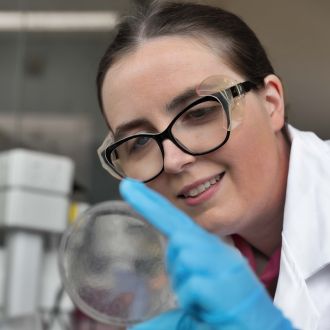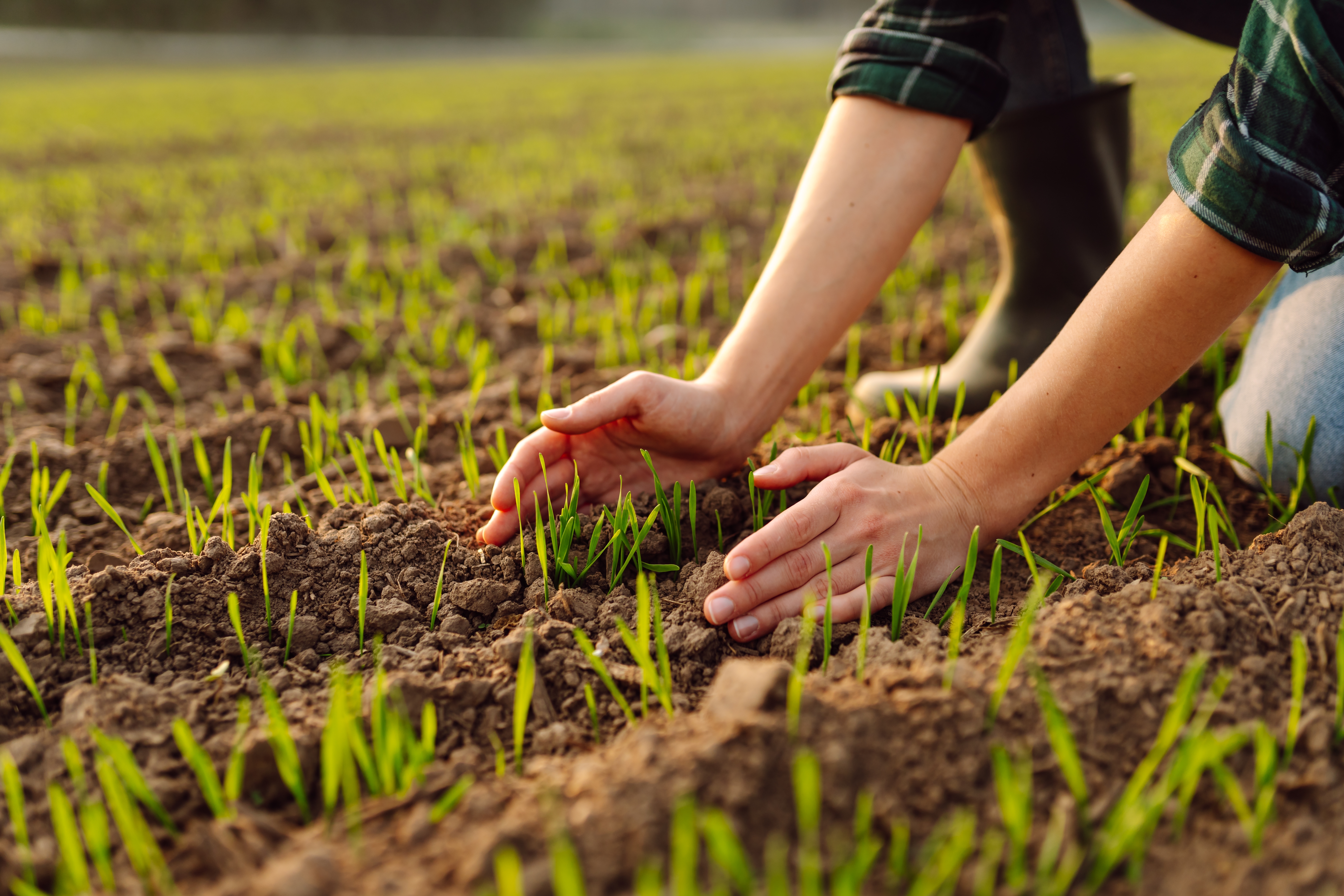Media release
From:
Australian researchers have created tiny compartments to help supercharge photosynthesis, potentially boosting wheat and rice yields while slashing water and nitrogen use.
Researchers from Associate Professor Yu Heng Lau’s group at the University of Sydney and Professor Spencer Whitney’s group at Australian National University have spent five years tackling a fundamental problem: how can we make plants fix carbon more efficiently?
The team engineered nanoscale ‘offices' that can house an enzyme called Rubisco in a confined space, enabling scientists to fine tune compatibility for future use in crops, which should allow them to produce food with fewer resources.
Their research is published in Nature Communications.
Rubisco is a common enzyme in plants that is essential for ‘fixing’ carbon dioxide for photosynthesis, the chemical process that uses sunlight to make food and energy for plants.
“Despite being one of the most important enzymes on Earth, Rubisco is surprisingly inefficient,” said lead researcher Dr Taylor Szyszka from the ARC Centre of Excellence in Synthetic Biology and School of Chemistry at the University of Sydney.
“Rubisco is very slow and can mistakenly react with oxygen instead of CO2 which triggers a whole other process that wastes energy and resources. This mistake is so common that important food crops such as wheat, rice, canola and potatoes have evolved a brute-force solution: mass-produce Rubisco,” she said.
In some leaves, up to 50 percent of the soluble protein is just copies of this one enzyme, representing a huge energy and nitrogen expense for the plant.
“It's a major bottleneck in how efficiently plants can grow,” said Davin Wijaya, a PhD candidate at the Australian National University, who co-led the study.
Some organisms solved this problem millions of years ago. Algae and cyanobacteria house Rubisco in specialised compartments and supply them with concentrated CO2. They’re like tiny home offices that allow the enzyme to work faster and more efficiently, with everything it needs close at hand.
Scientists have been trying for years to install these natural CO2-concentrating systems into crops. But even the simplest of these Rubisco-containing compartments from cyanobacteria, called carboxysomes, are structurally complicated. They need multiple genes working in precise balance and can only house their native Rubisco.
The Lau and Whitney team took a different approach, using encapsulins. These are simple bacterial protein cages that require just one gene to build. Think of it like Lego blocks that automatically snap into place, rather than assembling complicated flat-pack furniture.
To load Rubisco inside, the researchers added a short ‘address tag’ of 14 amino acids to the enzyme that, like a postcode, directs the enzyme to its destination inside the assembling compartment.
The team tested three Rubisco varieties: one from a plant and two from bacteria. They found that timing matters. For more complex forms of the enzyme, they needed to build Rubisco first, then build the protein shell around it.
“Rubisco didn't assemble properly when trying to do both at once,” Mr Wijaya said.
Dr Szyszka said: “Another cool advantage of our system is that it's modular. Carboxysomes can only package their own Rubisco, whereas our encapsulin system can package any type.
“Most excitingly we found the pores in the encapsulin shell allow for the entry and exit of Rubisco’s substrate and products,” she said.
The researchers emphasise this is just a proof of concept. They need to add the additional components that will give Rubisco the high-performance environment it needs. Early-stage plant experiments are already under way at ANU.
“We know we can produce encapsulins in bacteria or yeast; making them in plants is the next sensible step. Our preliminary results look promising,” Mr Wijaya said.
If successful, crops with this elevated CO2-fixing technology could produce higher yields while using less water and nitrogen fertiliser. These are critical advantages as climate change and population growth put pressure on global food systems.
RESEARCH
Szyszka, T. and Wijaya, D. et al ‘Reprogramming encapsulins into modular carbon-fixing nanocompartments’ (Nature Communications 2025) DOI: 10.1038/s41467-025-65307-9.
DECLARATION
The authors declare no competing interests. Funding was received from the Australian Research Council.
Multimedia




 Australia; NSW
Australia; NSW


